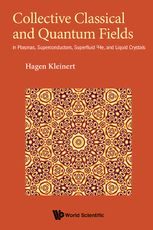
Collective Classical and Quantum Fields: In Plasmas, Superconductors, Superfluid 3He, and Liquid Crystals
Authors : Hagen Kleinert (Freie Universität Berlin, Germany)
Publisher : World Scientific
ISBN : 978-981-3223-93-6
There are currently no reviews for this book title.
This is an introductory book dealing with collective phenomena in many-body systems. A gas of bosons or fermions can show oscillations of various types of density. These are described by different combinations of field variables. Especially delicate is the competition of these variables. In superfluid 3He, for example, the atoms can be attracted to each other by molecular forces, whereas they are repelled from each other at short distance due to a hardcore repulsion. The attraction gives rise to Cooper pairs, and the repulsion is overcome by paramagnon oscillations. The combination is what finally led to the discovery of superfluidity in 3He. In general, the competition between various channels can most efficiently be studied by means of a classical version of the Hubbard-Stratonovich transformation.
A gas of electrons is controlled by the interplay of plasma oscillations and pair formation. In a system of rod- or disc-like molecules, liquid crystals are observed with directional orientations that behave in unusual five-fold or seven-fold symmetry patterns. The existence of such a symmetry was postulated in 1975 by the author and K Maki. An aluminium material of this type was later manufactured by Dan Shechtman which won him the 2014 Nobel prize. The last chapter presents some solvable models, one of which was the first to illustrate the existence of broken supersymmetry in nuclei.
A gas of electrons is controlled by the interplay of plasma oscillations and pair formation. In a system of rod- or disc-like molecules, liquid crystals are observed with directional orientations that behave in unusual five-fold or seven-fold symmetry patterns. The existence of such a symmetry was postulated in 1975 by the author and K Maki. An aluminium material of this type was later manufactured by Dan Shechtman which won him the 2014 Nobel prize. The last chapter presents some solvable models, one of which was the first to illustrate the existence of broken supersymmetry in nuclei.
Hagen Kleinert is professor of physics at the Freie Universitat Berlin, Germany. As a visiting scientist, he has spent extended periods of time at CERN, the European Organization for Nuclear Research in Geneva; at Caltech in Pasadena; at the Universities of California in Berkeley, Santa Barbara, and San Diego; at the Los Alamos National Laboratory in New Mexico; and at Princeton University, New Jersey. He has made numerous contributions to the understanding of particle physics, mathematical physics, condensed matter physics, chemical physics, and nuclear physics. His two-volume book Gauge Fields in Condensed Matter (World Scientific, 1989), develops a new quantum field theory of phase transitions on the basis of disorder fields. Such fields have meanwhile become a powerful tool to investigate the statistical properties of fluctuating line-like excitations in various many-body systems, such as superfluids, superconductors, and crystals. Another book on Path Integrals was published by World Scientific in 1990 (5th edition, 2009). It is by far the most comprehensive text on this subject. He also published with World Scientific in 2001, in collaboration with V Schulte-Frohlinde, a thorough review book on the field-theoretic renormalization group approach to critical phenomena. The title is Critical Properties of Ø4-Theories. There a short-cut approach is developed on the basis of a field theoretic version of variational perturbation theory (VPT). Another book of his is entitled Multivalued Fields in Condensed Matter, Electromagnetism, and Gravitation (World Scientific, 2008). It shows that many phenomena in physics, in particular all those commonly explained by gauge theories, can be understood as consequences of a Riemann-sheet nature of fields.
There are currently no reviews for this book title.
Buy this book, http://www.worldscientific.com/worldscibooks/10.1142/10545, 9655, false
FAQs
Click on the "Buy this book" button
You can email us at book-review@enago.com and we will get back to you with the next steps shortly.
New Releases
-
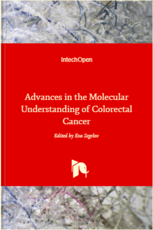
Advances in the Molecular Understanding of Colorectal Cancer
-
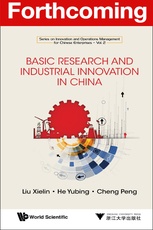
Basic Research and Industrial Innovation in China
-
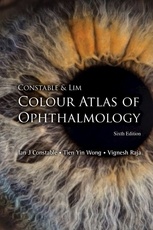
Constable & Lim Colour Atlas Of Ophthalmology: Sixth Edition
-
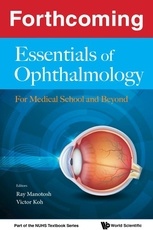
Essentials of Ophthalmology: For Medical School and Beyond
-
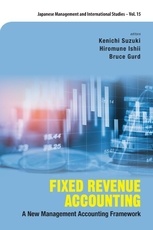
Fixed Revenue Accounting: A New Management Accounting Framework
All featured publishers and authors can avail of a free promotional interview on Enago Academy! Write to us now!
